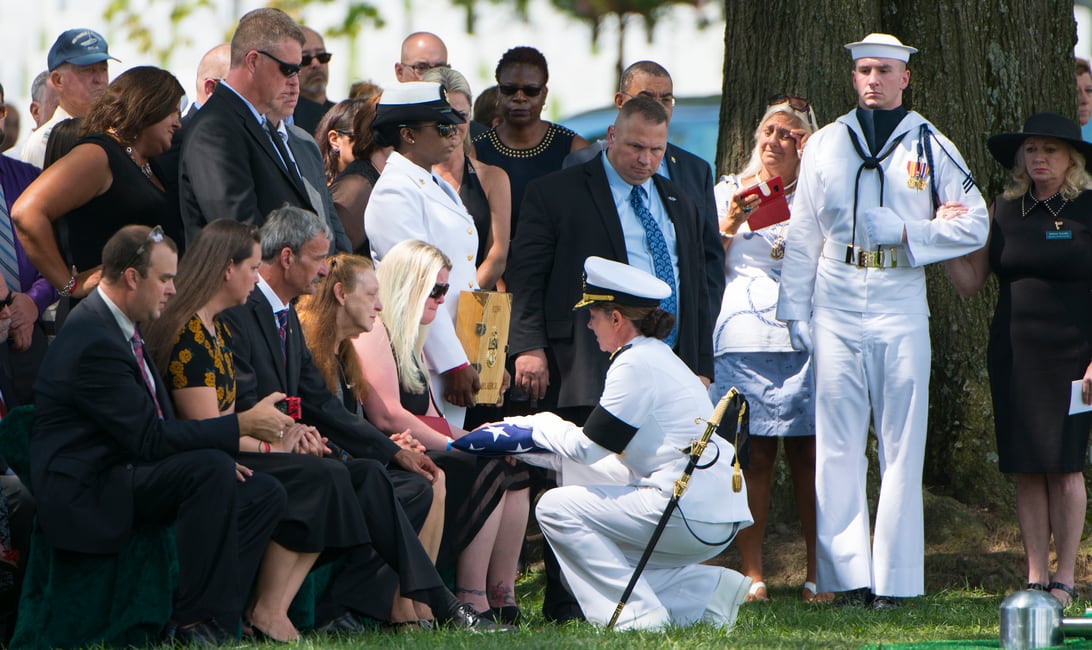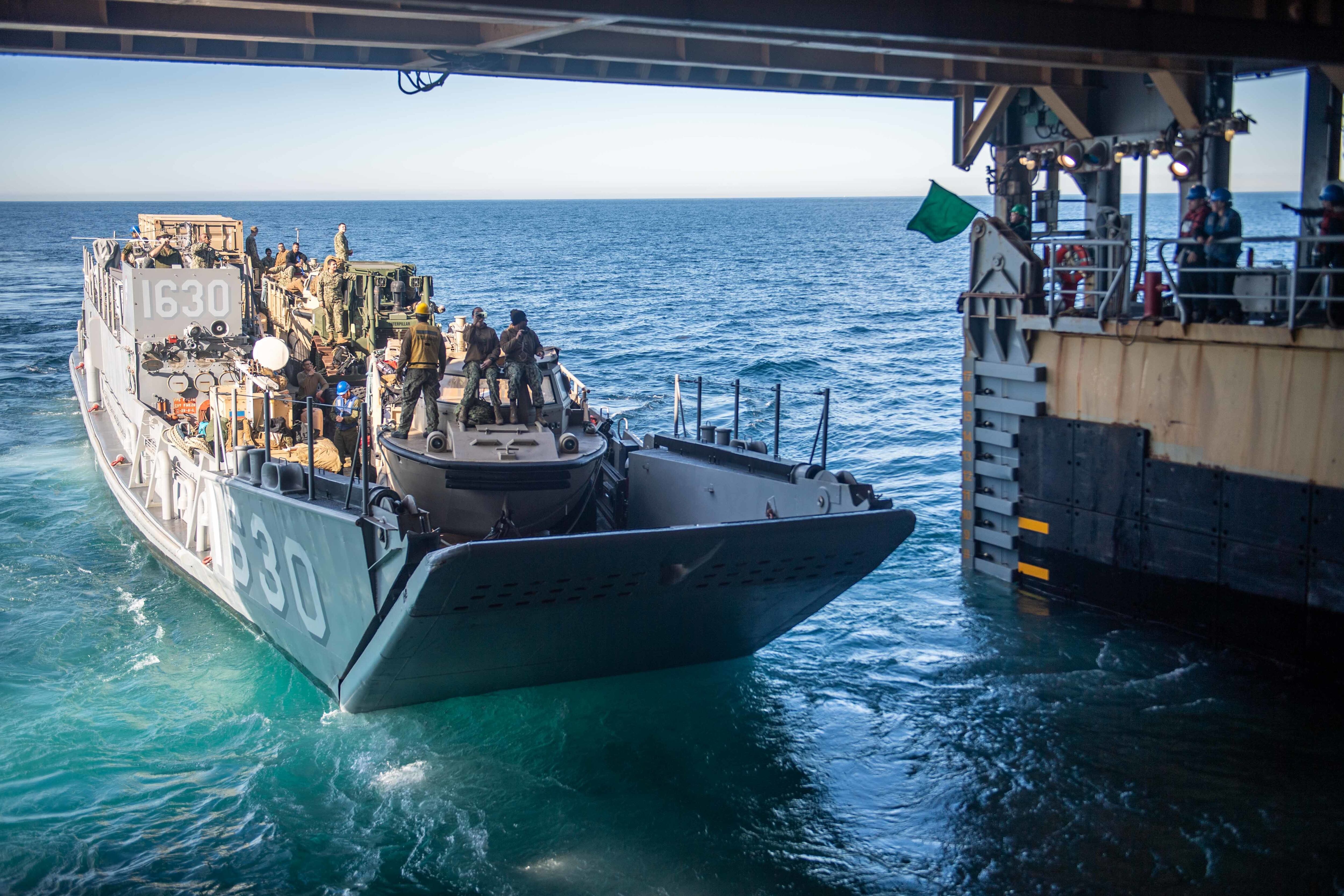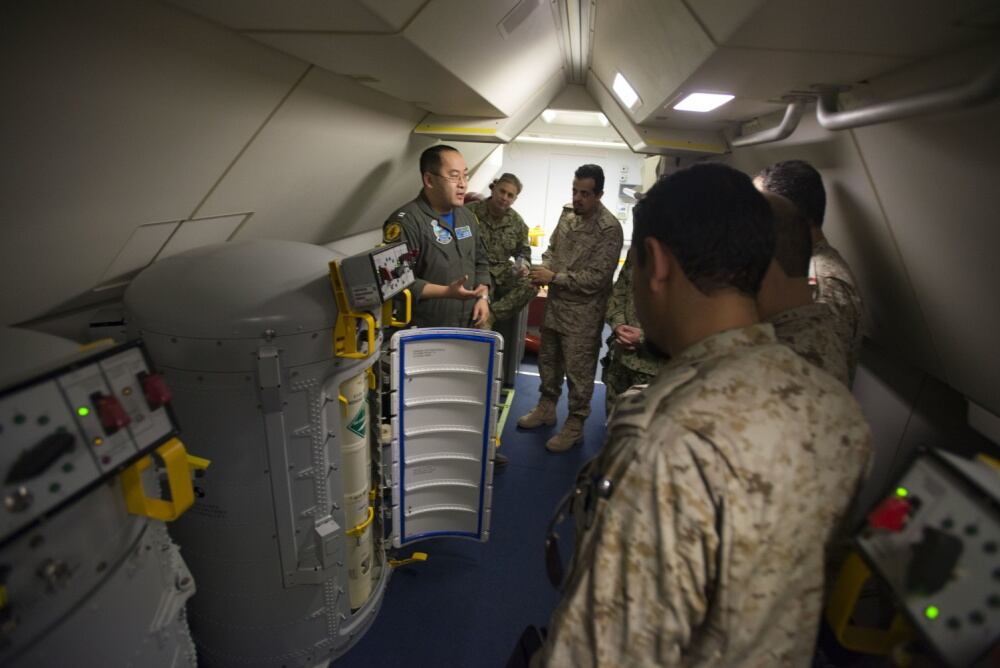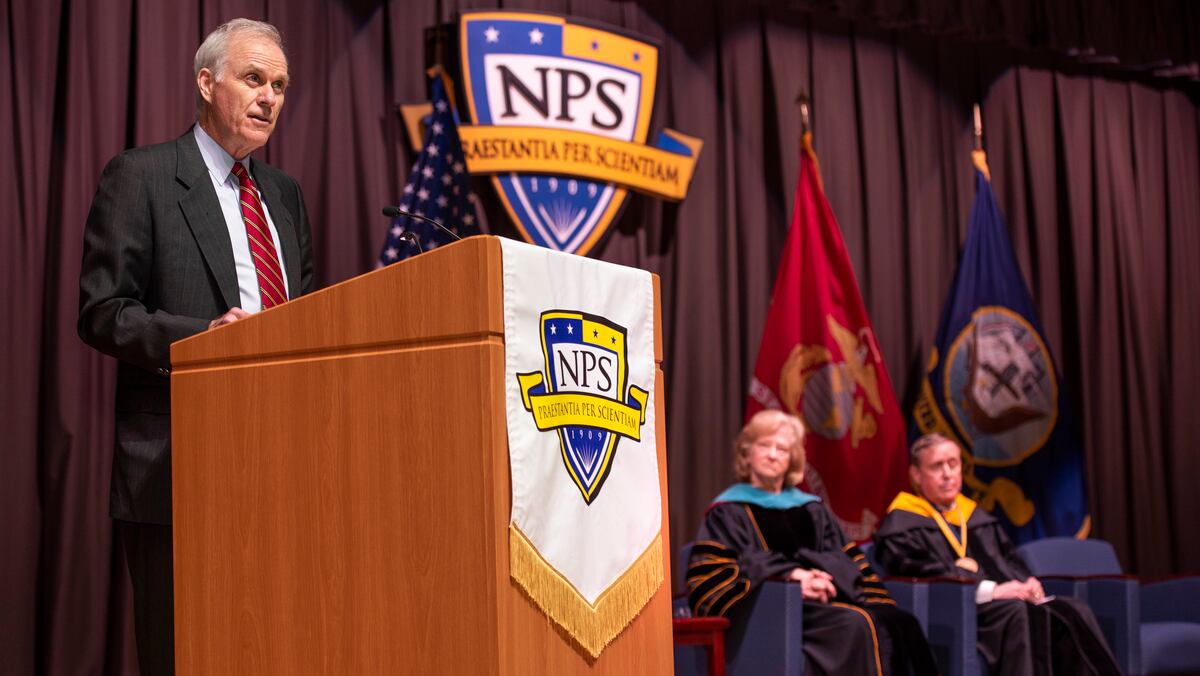Navy Times annually looks to the future in late December, not the past. We want to arm sailors and their families with insight into what we think might be the top trends or news events in the coming year.
We chose 16 stories we think you should watch for in 2020. They were produced by Military Times Deputy Editor Leo Shane III, Senior Navy Times Reporter Courtney Mabeus, Senior Military Times Reporter Geoff Ziezulewicz, Military Times Overseas Operations/COCOM reporter Shawn Snow, Defense News Capitol Hill Reporter Joe Gould and Defense News Naval Warfare Reporter David Larter.
Today, we start with the 13th through 16th top stories for 2020. Tomorrow, we hit four more.
Enjoy!
13. Will the destroyers McCain and Fitzgerald return to ops?
Twin 2017 collisions with commercial vessels killed 17 sailors on board the Japan-based guided-missile destroyers Fitzgerald and John S. McCain.
The mishaps also sidelined two key warships for the 7th Fleet. The bill to fix both destroyers approached $1 billion. But 2020 might be the year when both ships return to the fleet.
Outfitted with several upgrades while it was repaired, McCain appears closest to resuming routine operations. In the fall, the crew took it to sea to test its navigation, damage control, communications and combat systems.
More badly damaged in 2017, Fitz’s return to action remains unclear. While McCain was fixed in Japan, Fitzgerald had to be transported back to the states.
But in April officials announced the warship had been successfully launched and moored pierside at the Ingalls Shipbuilding yard in Pascagoula, Mississippi.
Navy officials have not indicated when the ship will get underway and begin its own certifications.
RELATED

14. More Marine help
The Marine Corps will shift back to its naval roots in 2020, with a blueprint laid out by Gen. David Berger for better integration with the Navy.
Berger wants his Corps to support the fleet in sea denial and deter the pacing threats that are China and Russia, but the integration goes beyond putting more Marines on board ships and will begin with training.
While most naval curricula at Marine schools is focused on traditional amphibious operations, new doctrine and standards will include skills Marines need to operate inside enemy sensor and weapons engagement zones at sea.
That means injecting emerging naval concepts into professional military education, likely changes to the Commandant’s reading list, adding a Navy captain to education command staff and potentially increasing the number of naval officers attending Marine Corps schools. The command will update service concepts and doctrine related to command and control in the Composite Warfare Construct.
“Years of fighting in the desert have atrophied many of the long standing Navy and Marine relationships,” Tom Hartshorne, with Training and Education Command’s Policy, Standards and Doctrine Division, wrote in a statement.
“Today, we must ensure the Navy and Marine Corps visions of the future are synchronized and nested and ensure that our actions are complimentary to those of the Navy with respect to force design, doctrine, education and training, among other areas,” according to the statement.

15. A new Navy community college
Ex-Navy Secretary Richard V. Spencer may be gone but his plan for overhauling education for sailors and Marines lives on.
A large part of that is the establishment of an accredited Naval Community College that will offer associate degrees to sailors at no cost in study tracks intended to boost the service’s knowledge base and lethality.
Spencer picked John Kroger, a former enlisted Marine, college president and federal prosecutor, tolead efforts as the service’s first chief learning officer. Among Kroger’s biggest priorities are completing a Naval Education Strategy, which is being done in tandem with Vice Adm. Stuart Munsch, the Chief of Naval Operations’ new Director of Warfighting Development, or “N7,”and Lt. Gen. Eric Smith, the Marine Corps’ Deputy Commandant for Combat Development and Integration.
The document is due Dec. 31 and Kroger has said the Navy’s plans for the community college are expected to play a “major” role.
He’s likely to hire the community college’s president and provost in 2020, too.
The Navy wants to partner with established institutions to offer online education that will move easily with the busy lives of sailors. While potential majors are still being worked out, expect to see offerings that veer more toward the technical side, like computer science.

16. The strange case of Lt. Fan Yang
The federal trial of a Florida-based naval flight officer who’s accused of conspiring to smuggle military-style boats to China is scheduled for July.
Lt. Fan Yang and his wife, Yang “Yuki” Yang, were arrested in Jacksonville in October. They’re also accused of violating federal laws barring the transfer of a firearm to a Chinese man between March 2017 and Sept. 2019.
Lt. Yang faces additional charges of lying to both a firearms dealer and the Navy about his ties to the Chinese businessman.
Lt. Yang immigrated to the U.S. as a teenager in 1999 and enlisted in the Navy six years later. He later earned undergraduate and graduate degrees and received a commission in 2012.
He held a top secret security clearance and was assigned to Patrol Squadron 5, which flies the P-8A Poseidon anti-submarine aircraft, from November 2014 through April 2018.
RELATED





